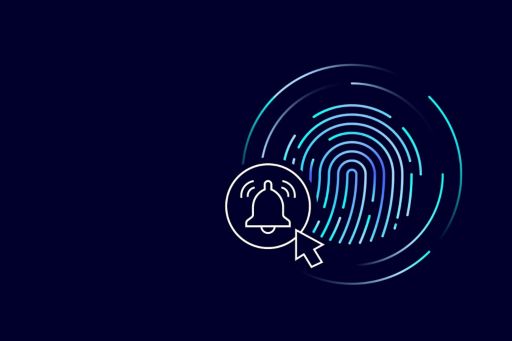All around the world, countries are looking to transition to a green economy. What is a green economy? A green economy is defined as low in carbon, socially inclusive and resource efficient. While the world's attention has been caught by the direct terrestrial implications of the green agenda, the blue economy has not been prioritised to date.
What's the difference between the blue economy and the green economy? The blue economy is a specific part of the green economy that focuses on the sustainable use of oceanic resources. You can't achieve a green economy without considering the pivotal role the oceans play in limiting temperature rises and stimulating socioeconomic development.
In this report, we discuss how leading corporates and investors can capture the benefits of a healthy, sustainable ocean economy.
The blue economy is central to the green ecosystem
The oceans produce up to 80 percent of the oxygen we breathe, while nearly 40 percent of the world's population depend on marine and coastal biodiversity for their livelihoods. Moreover, the oceans influence all natural cycles and are also directly or indirectly involved with all economic sectors. For these reasons, in order to successfully transition to a greener, more sustainable global economy, the blue component cannot be overlooked.
In this report, we also highlight:
- The basics of the blue economy and its contribution to the green agenda.
- The issues around sustainable management, such as ownership, accountability, visibility and development.
- The opportunities for business leaders to bridge the governance gap and capture the significant growth opportunities the blue economy provides.

Contact us
Contact our sustainable investment and climate change leaders to learn more about the blue economy.
Related insights
View other articles discussing the importance of environmental and social sustainability in business practices.






